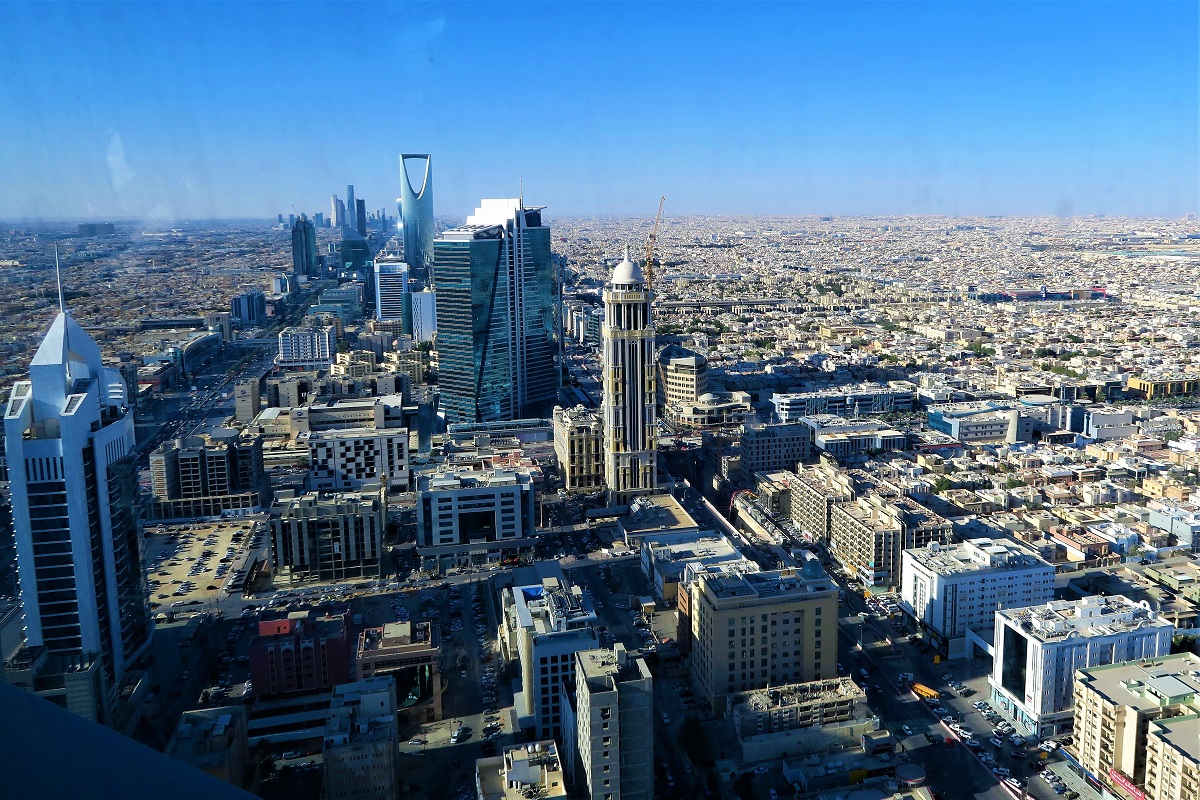Energy has always been and will remain a strategic area. Countries that have natural energy resources have a political and economic advantage and an important role in the geostrategic world. Resources have always been important, and the struggle to control them has been a motive for many military and political operations. The energy transition and the transition from fossil fuels to renewable energy sources must and should change the world.
The targets set in international agreements must not remain just political rhetoric. Despite some obstacles and “childhood diseases” in the process of the energy transition, changes are still happening. At different rates, however, they happen all over the world. The process of energy transition and the abandonment of fossil fuels at the expense of renewable energy sources will bring changes on many levels. Among other things, the important players in the energy market will change.
Now due to natural resources they have given preference to certain countries in terms of energy resources, from now on renewable energy sources offer more opportunities for all. The fact remains that the natural preconditions in certain countries and regions are more favorable for the use of solar and wind energy. However, almost all countries have a good basis for development.
But will countries use this potential of the energy transition? However, things are not so ideal. Opportunities are within reach, but energy transition is an expensive process that requires large investments and fresh capital, and it is necessary to ensure a “smooth transition” through a balance of different energy sources. We should not neglect the technical aspects of the network and the connection of energy systems.
The “big” players in energy are trying to stay big in the green energy market, investing in projects from renewable energy sources.
Saudi energy giant Aramco has become part of a project to build the largest solar power plant, Sudair. The solar power plant located in Saudi Arabia will have an installed capacity of 1500 MW. According to calculations, this plant will produce energy at the lowest price of 1.2 cents per kWh. The total investment will be about $1 billion. Aramco will have a 30% stake in the new plant, after deciding to join this greenfield project, ACWA Power, and the Public Investment Fund, for whom this is the first such project. According to the announcements, this power plant will start producing electricity by the end of 2022.
Aramco experts are already working on the study of green hydrogen and its potential, and investments in this segment have been announced by the company. At the level of Aramco Corporation, it has adopted the strategy of zero emissions until 2050.
There is no doubt that Saudi Arabia is also strategically directing part of its investments toward the energy transition and renewable energy sources at the state level. Investments in various renewable projects with an installed capacity of 9.5 GW are planned, and part of the investments have already been realized.
This will of course increase the number of new jobs in the green economy sector in the country. It is estimated that by 2030, about 750,000 green jobs will be created in the country.
The “big” energy players will continue to invest in the energy transition, but their behavior will also affect the dynamics of this process and the speed of realization. Some of them will try to control the dynamics of the realization of energy projects, in order to use the benefits of fossil fuels. But the process of positioning them on the new green market will continue. However, the energy transition is a process that offers entry to the market of renewable energy sources and new companies that can be positioned. Capital markets are ready to pursue new projects, so the energy transition will mean a chance for many new players.

